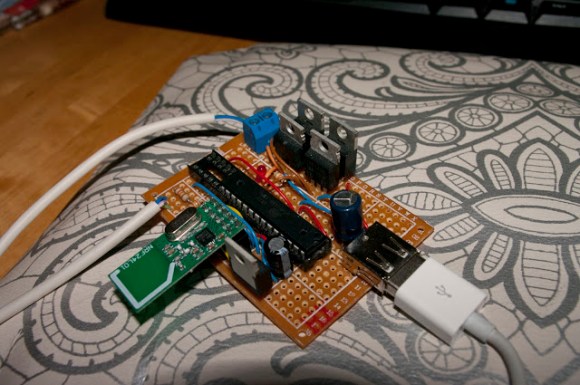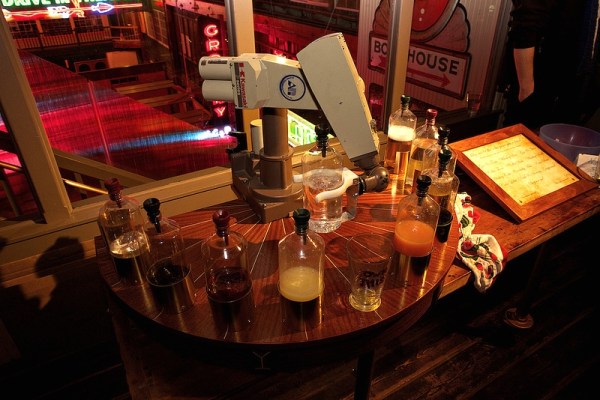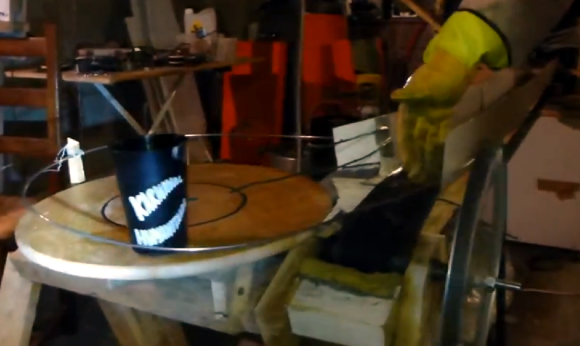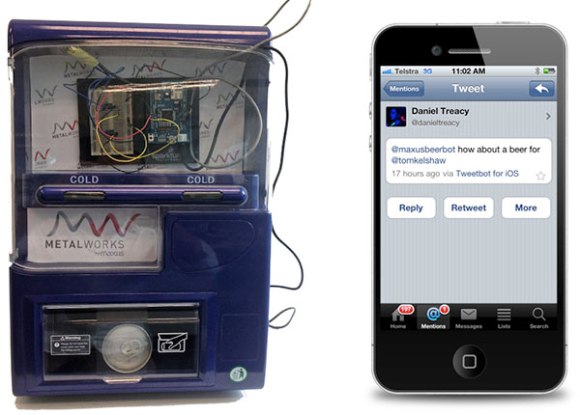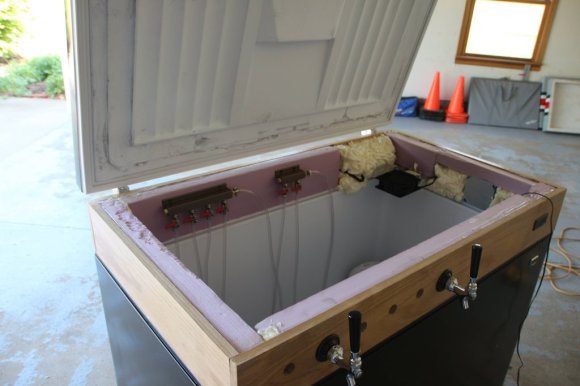
Drawing a pitcher of frosty cold beer out of your own keg fridge is a liberating feeling which [Danodemano2] can enjoy all the time since he pulled off this 6-tap chest freezer conversion. You won’t have to kill yourself to get it done, this image shows the custom cuff sitting between the chest freezer body and lid which is where all the added hardware is anchored.
Chest freezers are popular because they’re efficient. And let’s face it, if you’re going to devote an appliance to storing cold beer you better make certain it doesn’t drive up utility bills. That’s the reason for the rigid foam insulation around the ring, with the spray foam to ensure energy isn’t lost around the openings in the wooden frame.
This design goes above and beyond the functionality from the last offering we looked at. That one had a pretty nice tile job, but the finished wood contrasts the black freezer very nicely on this one. It’s the PC fan used for circulation and the properly terminated wiring that we really like. The one thing we wonder about is the feasibility of fitting all six corneilus kegs and the carbon dioxide tank into this beast.
[via Reddit]



